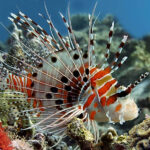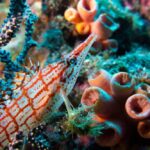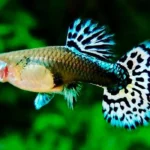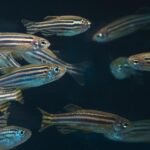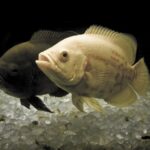Fish die. It happens to nearly every fishkeeper eventually. You wake up, look at your tank, and something’s amiss — an active fish is floating lifeless, motionless. No warning, no warning signs. Just dead. It’s probably the worst and most infuriating experience in the hobby.
Whether you’ve recently started keeping fish or have an established tank, unexpected fish death can seem like a mystery. But it’s seldom arbitrary. Fish tend to exhibit signals of distress well in advance of death — we just don’t always notice them.
This book will delve into the reasons why fish die suddenly, what leads to it, how to prevent it, and Fish die how to create a safer, healthier aquatic community. Take a look at the actual causes of this frequent — and too often preventable — issue.
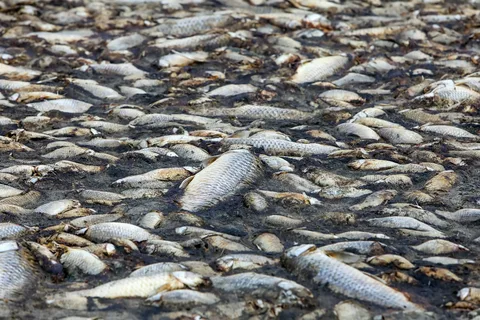
Understanding Sudden Fish die
Fish die are prey creatures. Their natural instincts are to conceal weakness or sickness, lest they become the target. Such natural behaviour will often hide troubles until it is too late. Below are the most prevalent reasons that could make a fish pass away suddenly and what they mean for your tank.
Poor Water Quality: The Silent Killer
This is by far the most frequent reason for sudden death in aquariums.
How it happens:
Overcrowding the tank
Rare or improper water changes
Overfeeding, causing waste build-up
Inadequate filtration
Not testing the water regularly
Consequences:
Poor water quality leads to:
pH swings
Ammonia spikes
High nitrites or nitrates
Excess toxins
Stressed immune systems
What to do:
Test your water weekly with a reliable kit.
Perform regular water changes (typically 20–30% weekly).
Don’t overstock or overfeed.
Make sure your filter is working efficiently.
Water that appears crystal clear can still be chemically unsafe. Testing is the only way of knowing.
Temperature Fluctuations and Shock
Causes:
Heater malfunction
Placing a tank near windows or heaters
Using cold water during water changes
Unstable room temperatures
Signs of temperature stress:
Fish gasping at the surface
Lethargy
Darting or hiding
Prevention:
Use a reliable, adjustable heater.
Keep the tank in a temperature-stable room.
Match the water temperature when doing changes.
Consider a thermometer and heater controller.
Most tropical fish prefer 74°F to 80°F (23°C to 27°C)—it’s consistency, not exact numbers.
Oxygen Deprivation: When the Tank Suffocates
Fish require oxygen, just like we do, but they receive it through water.
How it happens:
Overcrowding
No surface agitation
Warm water (holds less oxygen)
Dirty water is blocking the gills
Lack of live plants or too many at night (plants use oxygen in the dark)
Symptoms:
Gasping at the surface
Lethargy
Staying near the filter output
Solutions:
Add an airstone or surface skimmer.
Use filters that create movement.
Avoid overcrowding.
Ensure plants and fish are balanced.
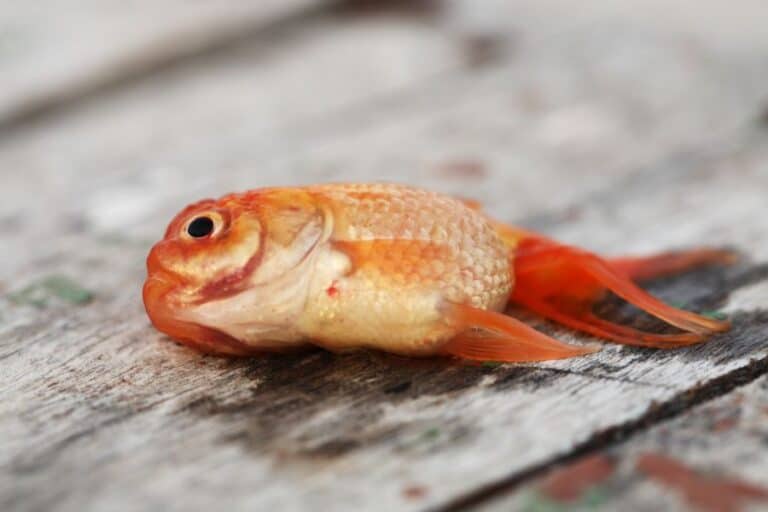
Ammonia and Nitrite Poisoning
What it is:
Ammonia comes from waste and uneaten food.
Nitrite is produced by bacteria converting ammonia.
Both are toxic in even small amounts.
Signs:
Red or inflamed gills
Gasping
Lethargy
Clamped fins
Prevention:
Cycle your tank fully before adding fish.
Monitor water parameters.
Never fully clean your filter with tap water (it kills beneficial bacteria).
Add fish slowly, not all at once.
Overfeeding and Improper Diet
Problems caused by overfeeding:
Water quality deterioration
Constipation and bloating
Obesity
Fatty liver disease
Leftover food rots
Safe feeding:
Feed small portions 1–2 times daily.
Skip a day occasionally — it mimics nature.
Remove uneaten food after a few minutes.
Diseases and Parasites
Common culprits:
Ich (white spot disease)
Velvet
Internal parasites
Bacterial infections
Fungal growth
Symptoms to watch:
Spots, lesions, bloating
Rapid gill movement
Rubbing against objects
Hiding or erratic swimming
Prevention:
Quarantine new fish for at least 2 weeks.
Don’t buy sick or stressed fish.
Maintain excellent water quality.
Treat signs early with proper medication.
New Tank Syndrome
What happens:
Ammonia builds up quickly.
There’s not enough beneficial bacteria to break it down.
Fish get poisoned.
Prevention:
Cycle the tank before adding fish.
Use liquid test kits to monitor ammonia/nitrites.
Add fish slowly, over weeks.
Use bottled bacteria to boost cycling (if needed).
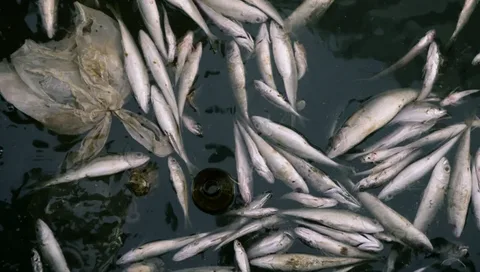
Aggressive Tank Mates
Issues:
Fins torn
Internal injuries
Stress-induced death
Lack of hiding spots
Examples:
Male bettas with other males
Cichlids with small fish
Barbs nipping fins
Prevention:
Research compatibility before buying.
Provide plenty of hiding spaces.
Observe new fish closely.
Remove bullies immediately.
Stress: The Invisible Threat
Causes:
Poor water
Noise or vibration
Incompatible fish
Frequent rearranging
Bright lighting with no cover
Fix it:
Create hiding spaces.
Keep the tank away from loud areas.
Maintain stability and peace in the tank.
Happy fish = healthy fish.
What to Do When a Fish Dies
Dispose of the body promptly
Avoid ammonia spikes and halt possible disease spread.
Test water
Ammonia, nitrite, nitrate, ph.
Monitor other fish
Check for stress, injury, or disease.
Water change (25–30%)
Particularly if water tests are out of the norm.
Inspect equipment
Filter, heater, and airstone operation.
Document the event
Log it: date, symptoms, tank conditions, etc.
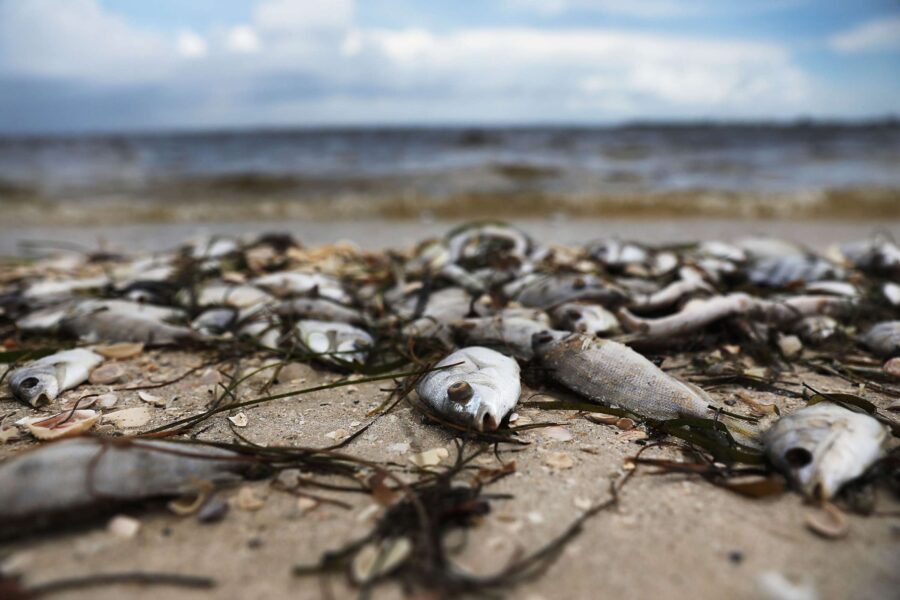
Conclusion
Sudden fish fatalities are tragic—but they’re not always a secret. By getting a better sense of water chemistry, fish psychology, and diligent care practices, you can greatly lower the threat of these crushing surprises.
Fishkeeping isn’t decoration—it’s stewardship. And when you accept the art and science involved, you establish a universe in which your fish will thrive, not merely persist.
Fish die. So the next time there’s a setback, don’t quit. Learn from it, adapt, and go on—stronger, wiser, and better in harmony with your underwater universe.
FAQs
Why did my fish die suddenly, but the water tests are normal?
Even if your water parameters look good, other things like temperature fluctuations, oxygen depletion, toxins (such as soap or cleaning sprays), or stress due to aggression can result in the sudden fish. Water testing is not able to find all types of issues, such as chemical contamination or disease.
How do I know if my fish died from stress?
Stress-related mortality is usually sudden and without obvious signs. Typical signs are erratic swimming, hiding, refusal to feed, or rapid gill movement prior to death. Stress may be induced by poor water quality, tankmate bullying, or sudden changes in temperature or pH.
Can a single dead fish affect the whole tank?
Yes. A rotting fish releases ammonia, which will cause a spike that will kill or damage other fish, particularly in small or uncycled tanks. It also carries disease if the fish dies from illness. Always clean dead fish quickly and test water parameters.
How long do fish live in an aquarium?
Lifespans differ by species. For instance:
Betta fish: 3–5 years
Guppies: 2–3 years
Goldfish: 10–20 years (with proper care)
Tetras: 5–10 years
If your fish died at an early age, chances are it was because of environment, disease, or genetics—and not old age alone.
Do fish die after water changes?
Occasionally. Sudden shifts in temperature or pH or adding untreated tap water (with chlorine or chloramine) will shock or kill fish. Always equate temperatures and apply water conditioner with changes.
Can overfeeding kill fish?
Yes. Feed little and often, once or twice a day—what they can consume within 1–2 minutes.
Why are my fish gasping at the surface before dying?
This usually suggests low oxygen or dirty water (particularly ammonia poisoning). Provide good water circulation, use an air pump or surface-agitating filter, and check for ammonia/nitrite.
Should I quarantine new fish die before adding them?
Yes. Quarantine tanks enable you to check for disease and avoid bringing illness to your main tank. Quarantine for 2–4 weeks is advisable, particularly if you have sensitive or pricey setups.

